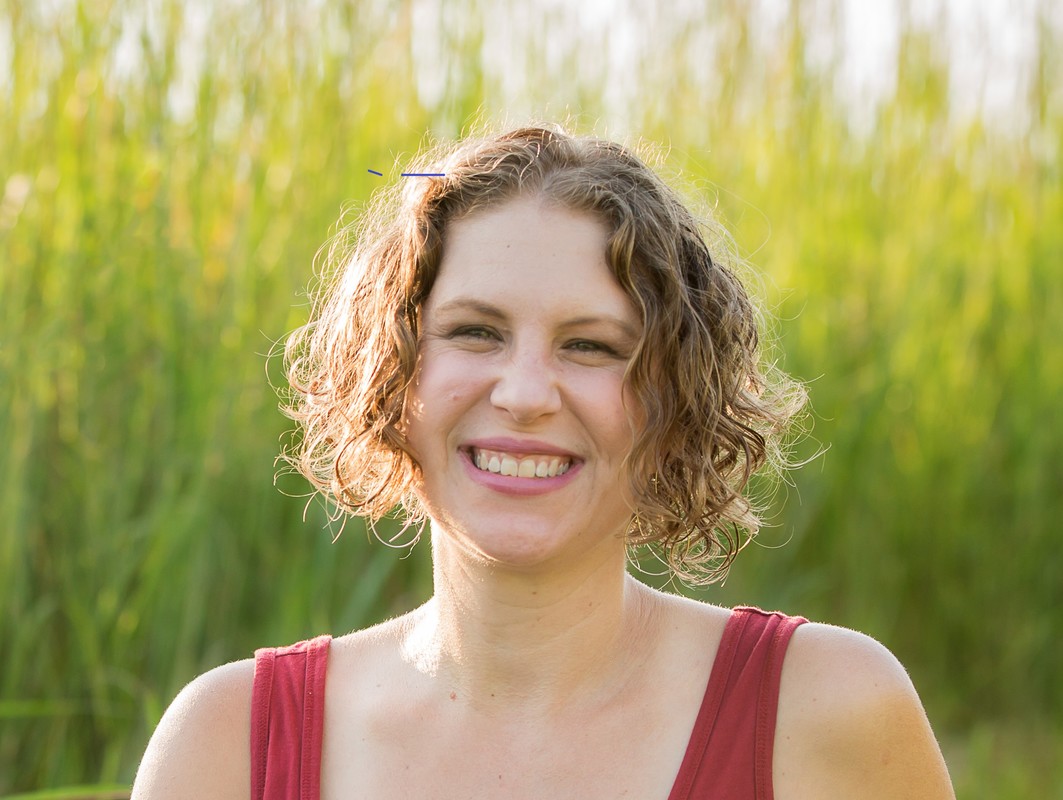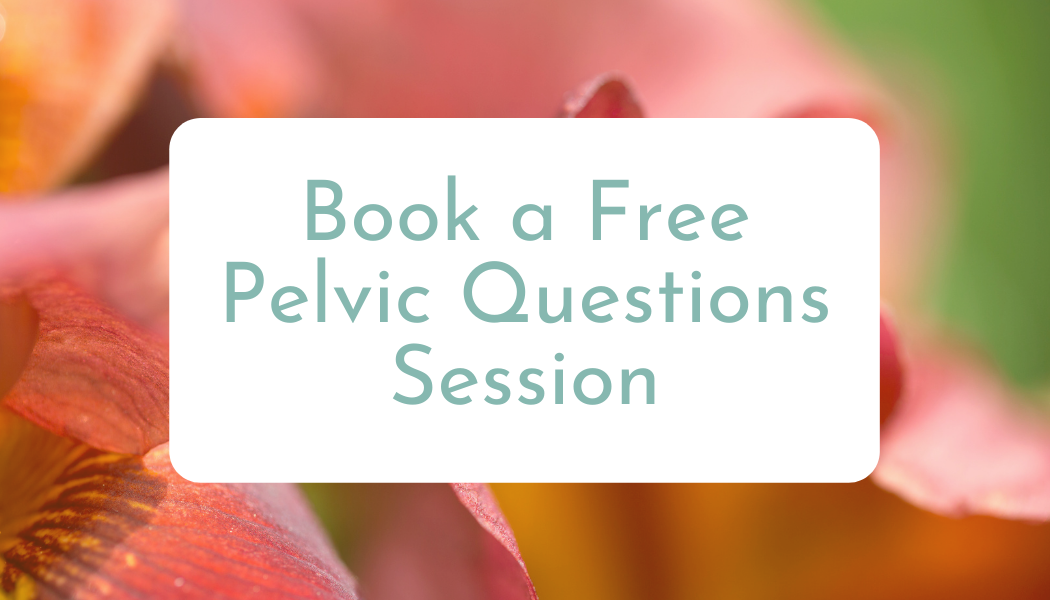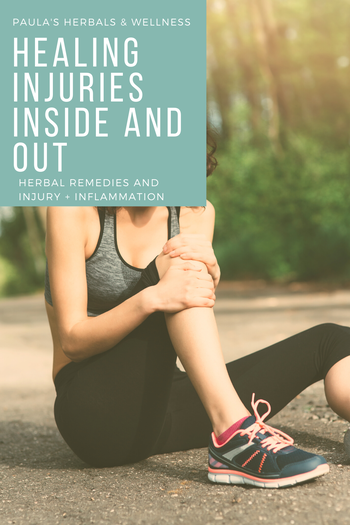 One of my ‘echo lessons’ (those things you’ll hear from me so many times that my voice saying it will sound clearly in your head!) is that PLANTS WEREN’T INVENTED FOR OUR ILLNESSES so there’s no “herb for” our problems. Plants are individual little chemical beings, just like us, and so we all interact with them differently. For proof, look no further than all the different reactions and tolerances people have to coffee. Having said that, plants can fall into broad categories, and one of those categories are things that can help us heal and recover from injury and inflammation. Injury is just that- damage caused by outside forces, that can be a short sharp shock, or something worn down by chronic misuse. The really short version of inflammation is that when there’s injury, roving construction crews notice it and send out the alarm for help, which descends on the site “ants on a cupcake” style. All these “construction ants” do the repair work, while the body ups things like circulation so fresh crews get delivered and the waste like damaged cells gets washed to the dumpsters/lymph nodes- this is where lymph swelling comes from, btw. Plants can help us in a variety of ways through all of our healing processes. They can: 🌼 help prevent infection of open wounds, decreasing the immune system’s workload 🌼 decrease pain 🌼 cool a site when swelling gets too much 🌼 increase lymph flow when it’s not getting out of a site and things are getting crowded 🌼 normalize the inflammation response when it needs to increase or decrease but isn’t 🌼 support the healing of specific tissues like nerves, blood vessels, connective tissue, or gut lining Now, I’d like to make it clear here that I’m talking about the kinds of injuries you’d commonly have no problem dealing with yourself. If it’s anything outside of your comfort zone, SEEK PROFESSIONAL HELP. So how, exactly, can herbs help your feet and pelvic floor (and everything else) heal? There’s a couple of specific herbs to tell you about, and a couple of common combos you’ll find at health food or herb shops. Let’s take your feet as an example. You’ve been listening to this Paula person online, and you’re using your feet more, getting more texture in your walking surfaces, turning them to parallel several times a day, and things are getting a bit uncomfortable. Maybe your feet are tired and a little tender, maybe your hips and knees are getting used in new ways and are a little sore. 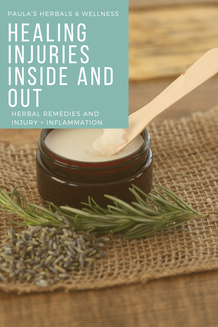 First, Arnica. It’s a little yellow flower, usually steeped in oil to extract its medicinal qualities but you’ll also often find it in homeopathic form. (Homeopathy is a totally different modality than herbalism that’s equally valid but way outside my wheelhouse.) I’ve seen Arnica massage oil, cream, lotion, balm, body wash, skin spray- anything topical you can think of. Arnica helps deflect the trauma of an injury. It helps prevent bruising and swelling, it helps you be in less pain and be less shocky. Arnica is a classic go-to immediately after something happens. Another specific is Solomon’s Seal. It’s less common, but I mention it because it does such a wonderful job helping your connective tissues heal, which is normally very hard to do. Topically you can use it as an oil based remedy to rub in, and it’s also a delicious tincture to take internally. Both work well, separately or together. Arnica and Solomon’s Seal are first to my mind as specifics when we’re talking injury, but it’s probably more common and accessible to talk about the products you’ll find pretty much everywhere someone is selling herbal remedies. You can absolutely make your own remedies, but when you’re first starting out, and if you find yourself in a pinch without your usual stash, a general healing salve made by most herbalists are great to keep on hand. Any shop with herbal remedies that‘s worth its salt will have jars or tins of some kind of “healing salve”. This is a blend of oils infused with herbs like Calendula, Plantain, St John’s Wort, Comfrey, etc, that’s had something hard like beeswax added to it so it stays put. These are great things to rub on a boo-boo- not only will the herbs help speed the healing, but the rubbing action helps circulation which is good too. So long as a wound isn’t actively bleeding or weeping or obviously needing professional care, a healing salve can be your go-to initial remedy. Next to the healing salves should be muscle rubs, which are very similar but have ingredients like Cayenne, Ginger, or Menthol. Massaging them into sore muscles or inflamed areas brings the same benefits as healing salves, these are just designed to penetrate more deeply and bring circulation to sore muscles. Also worth noting here is Magnesium in all its glorious forms- crystals, sprays, gels, balms, rollers, sticks, and internal supplements like powders, tablets, and liquids. Magnesium does a lot of things so let me explain it like this- your muscles need Mg to relax (like, at all. As in, the opposite of contract), and tension restricts circulation. So I always, always suggest Mg supplements internally or externally for anything that hurts for more than a day. Be warned though, your digestive tract is a muscle too- excess Mg makes it hard for things like the colon to hold onto its contents since it’s, you know, relaxed. Go easy on the Mg supplements till you know your tolerance!
On the topic of inflammation, there's SO MUCH to say! Don't get overwhelmed by how much information is available out there. Here's my Rules of Thumbs:
This is the quick and dirty list of First Steps to working with herbal remedies to help heal injuries and inflammation. There's lots more that can (and has been and will be) said! But when find yourself in the first throes of injury, these are my suggestions.
0 Comments
Your comment will be posted after it is approved.
Leave a Reply. |
Fun Fact: I'm an herbalist and a movement coach. Not a doctor, or a pharmacist, and not pretending to be one on TV.
This is a public space, so my writing reflects my experiences and I try to stay general enough so it might relate to you. This does not constitute medical advice, and I encourage you to discuss concerns with your doctor. Remember, however, that the final say in your wellness decisions are always yours- you have the power to choose, you are the boss of you. And, some of my posts may contain affiliate links. If you make a purchase through them I'll earn a few cents. Thank you for supporting my work. This website is provided for educational and informational purposes only and is not medical, mental health or healthcare advice. The information presented here is not intended to diagnose, treat, heal, cure or prevent any illness, medical condition or mental or emotional condition. Working with us is not a guarantee of any results. Paula Billig owns all copyrights to the materials presented here unless otherwise noted. Categories
All
Archives
July 2021
|
|
info @paulaswellness.com |
DisclaimerThis website is provided for educational and informational purposes only and is not medical, mental health or healthcare advice. The information presented here is not intended to diagnose, treat, heal, cure or prevent any illness, medical condition or mental or emotional condition. Working with us is not a guarantee of any results. Paula Billig owns all copyrights to the materials presented here unless otherwise noted. |

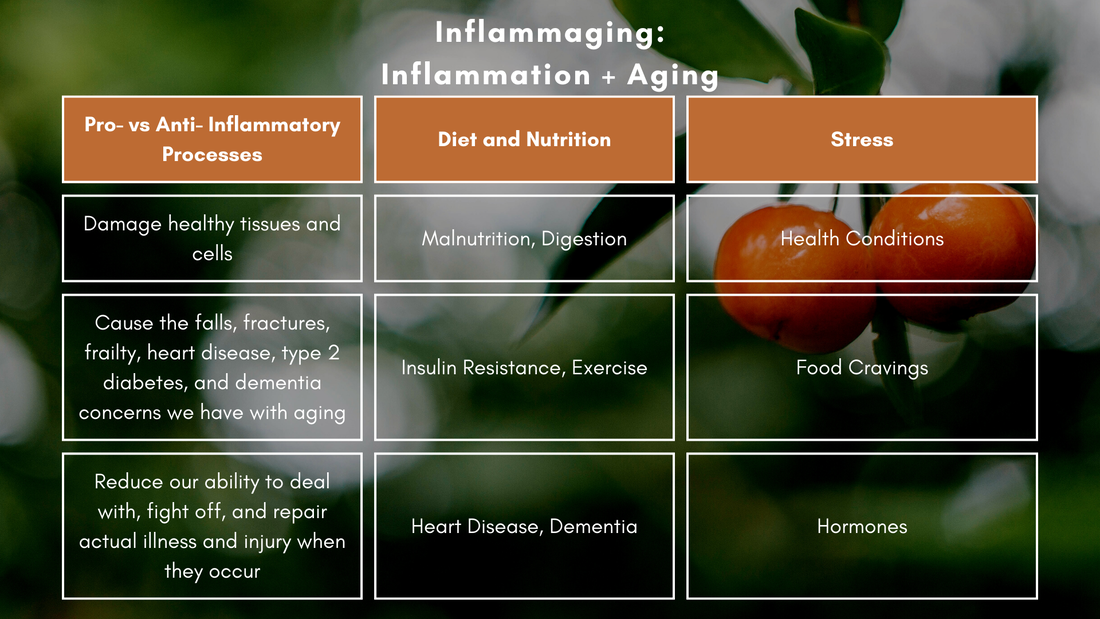
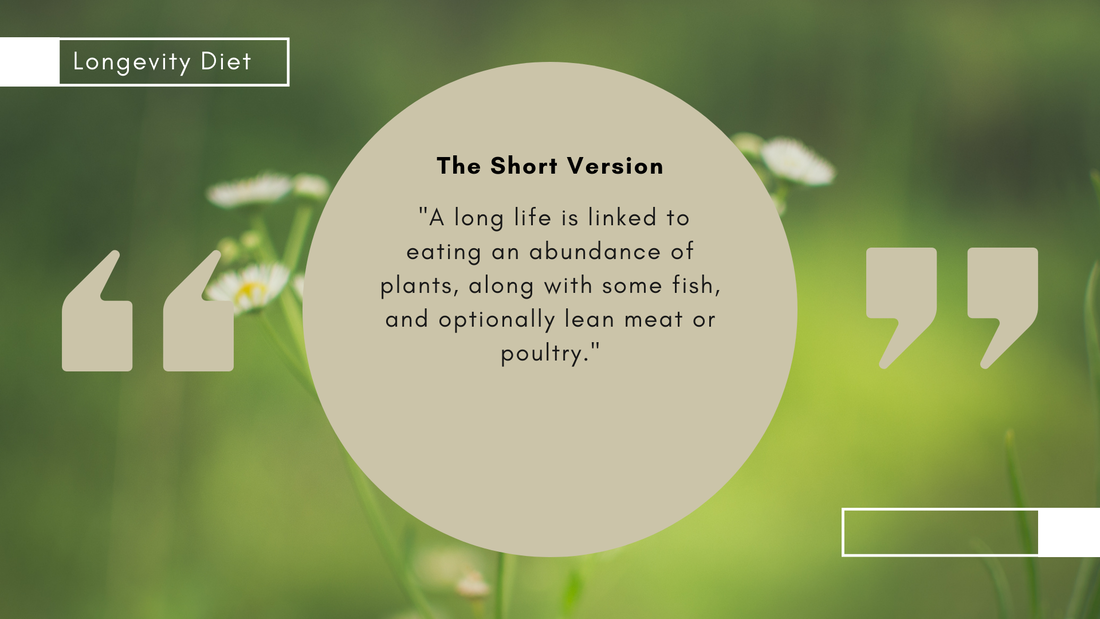
 RSS Feed
RSS Feed
